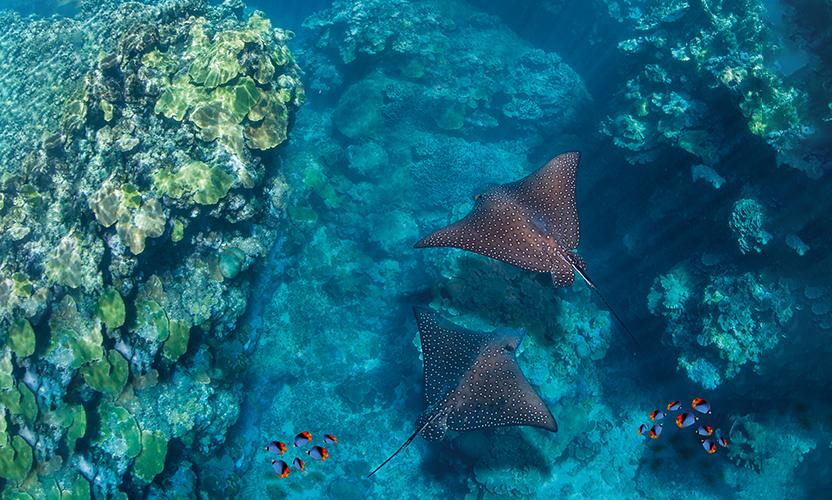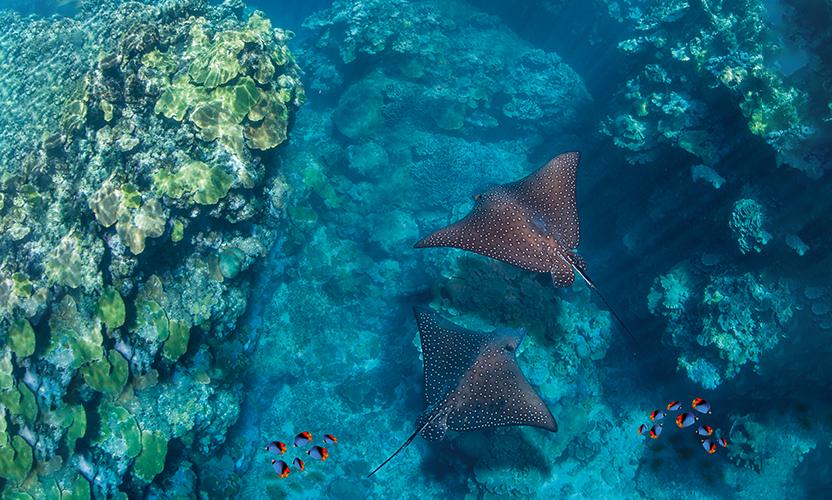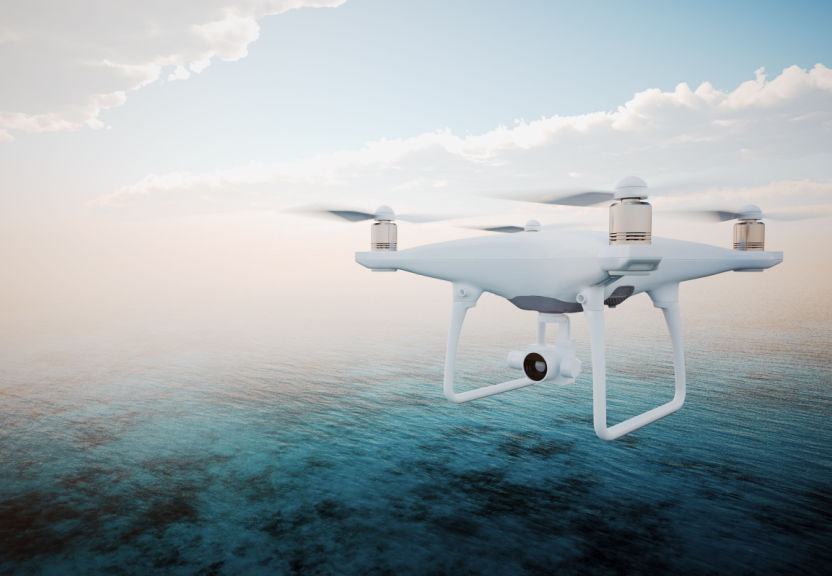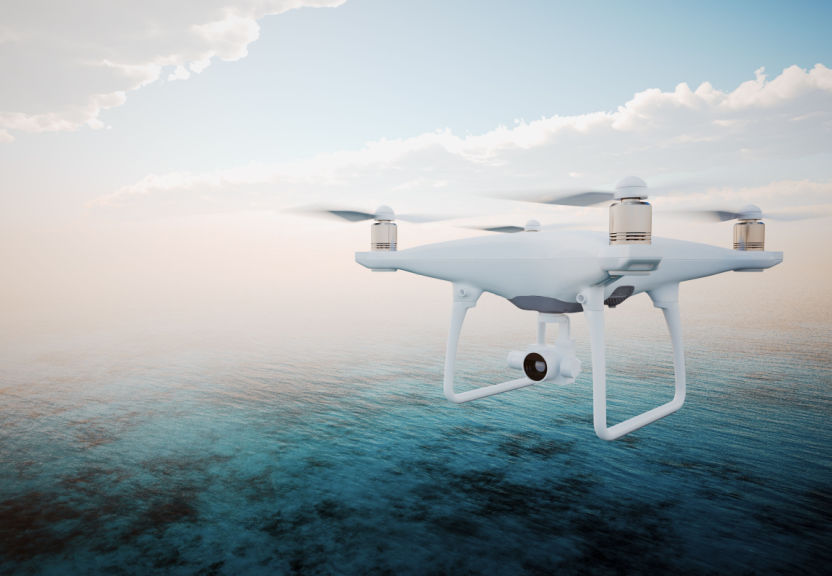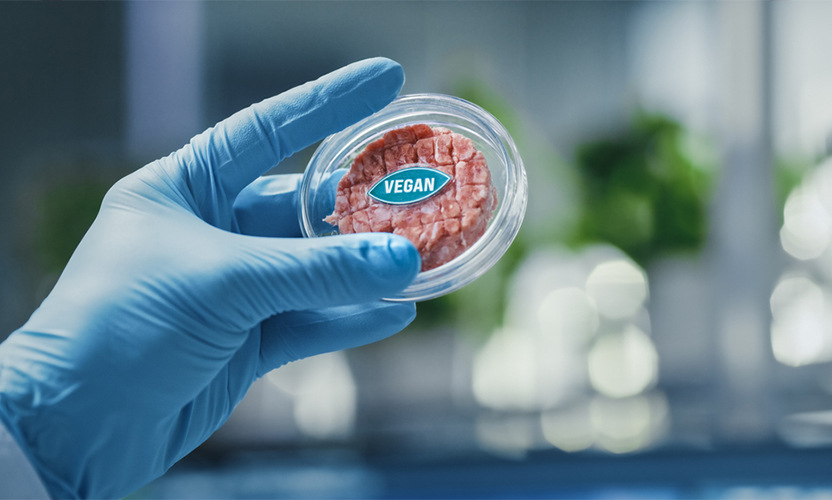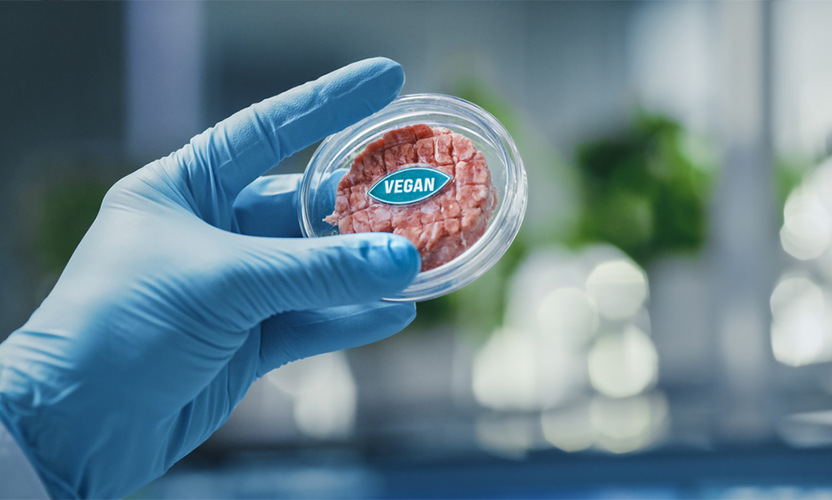3D Printing & Marine Conservation
3D printing technology has come a long way in recent years, and it’s now being used in a wide range of industries, including marine conservation. 3D printing is a process in which a digital design is used to create a physical object by laying down successive layers of material. This technology is helping to create artificial reefs and other underwater structures, which can help to protect and preserve marine life.
One of the main ways that 3D printing is being used in marine conservation is to create artificial reefs. Artificial reefs are man-made structures that are placed on the ocean floor to provide a habitat for marine life. These reefs can be made from a variety of materials, including concrete, steel, and plastic, and they can be designed to mimic the shape and structure of natural reefs. 3D printing technology is being used to create these structures, which can be customized to suit the specific needs of the marine life that they will support.
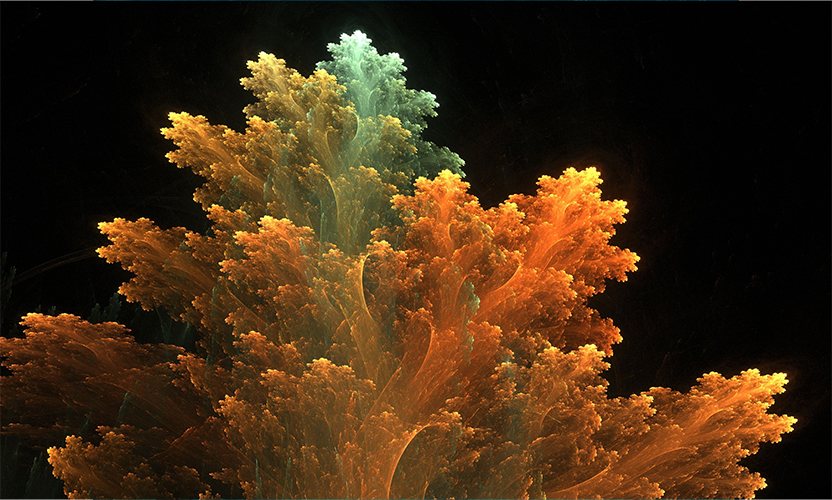
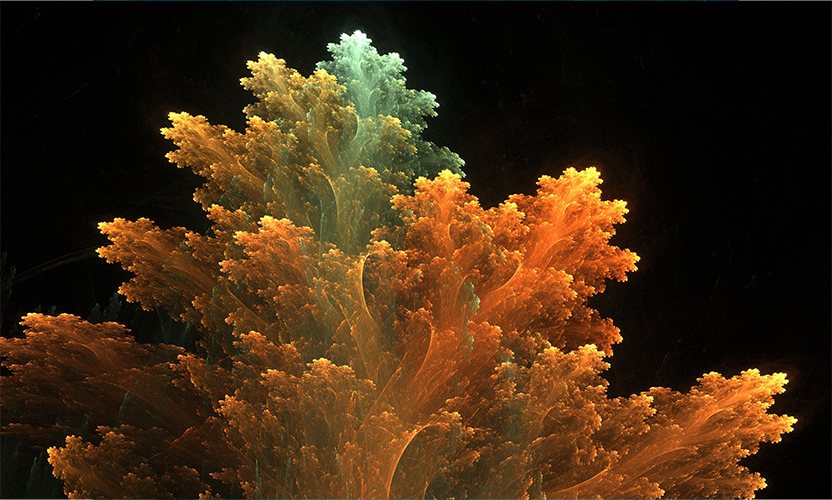
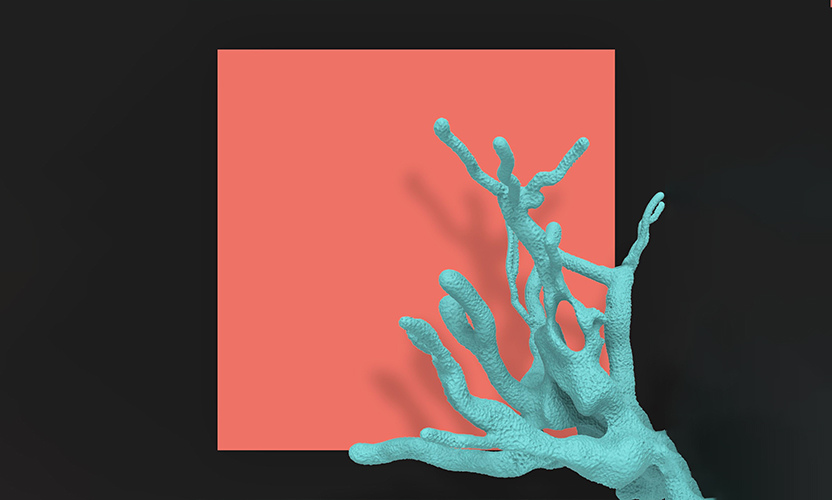
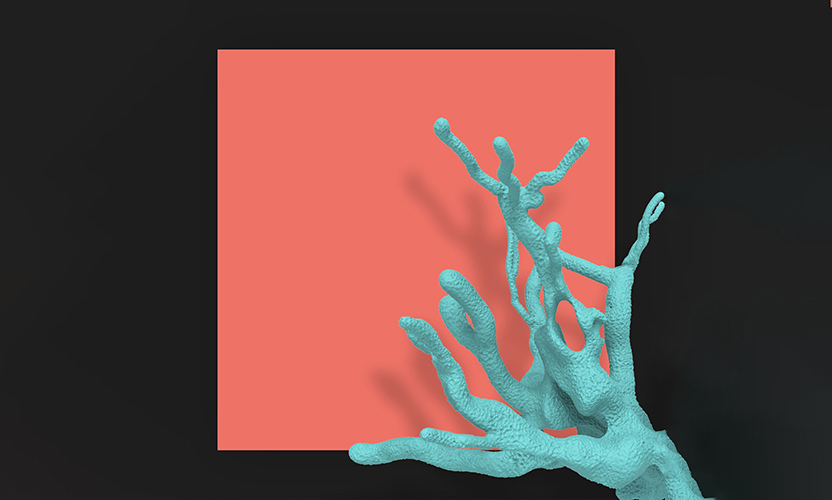
Another way that 3D printing is being used in marine conservation is to create other underwater structures, such as oyster reefs, mussel beds, and kelp forests. These structures can provide a habitat for a wide range of marine life, and they can help to protect the ocean floor from erosion. 3D printing technology is being used to create these structures, which can be designed to mimic the shape and structure of natural habitats.
3D printing is also being used to create other underwater structures such as subsea pipelines, buoys, and docks; these structures can be created in a faster and more efficient way than traditional manufacturing methods. This technology is also used for creating subsea sensors and monitoring devices, which can help to detect and track the movement of marine life, and monitor the health of coral reefs.
In conclusion, 3D printing technology is making a significant impact in marine conservation, by creating artificial reefs and other underwater structures that provide a habitat for marine life. This technology is helping to protect and preserve the ocean, by mimicking the shape and structure of natural habitats, and creating structures that can be customized to suit the specific needs of marine life. Additionally, 3D printing technology is being used to create other underwater structures, such as subsea pipelines, buoys, and docks, and subsea sensors and monitoring devices, which can help to detect and track the movement of marine life, and monitor the health of coral reefs.
The articles and information within this website are my sole opinion and derived from my sole experience. They are meant for general information purposes only and is not meant to substitute professional dietary and/or health advice or treatment. If you have or suspect you may have allergies or medical issues which may be affected by certain foods, or have or suspect you may have any illness and/or disease and/or chronic ailment and/or other, you should promptly contact your health care provider. Any statements regarding diets and/or nutrition and/or health are to be used at your discretion and are not intended to diagnose, treat, cure or prevent any disease.




